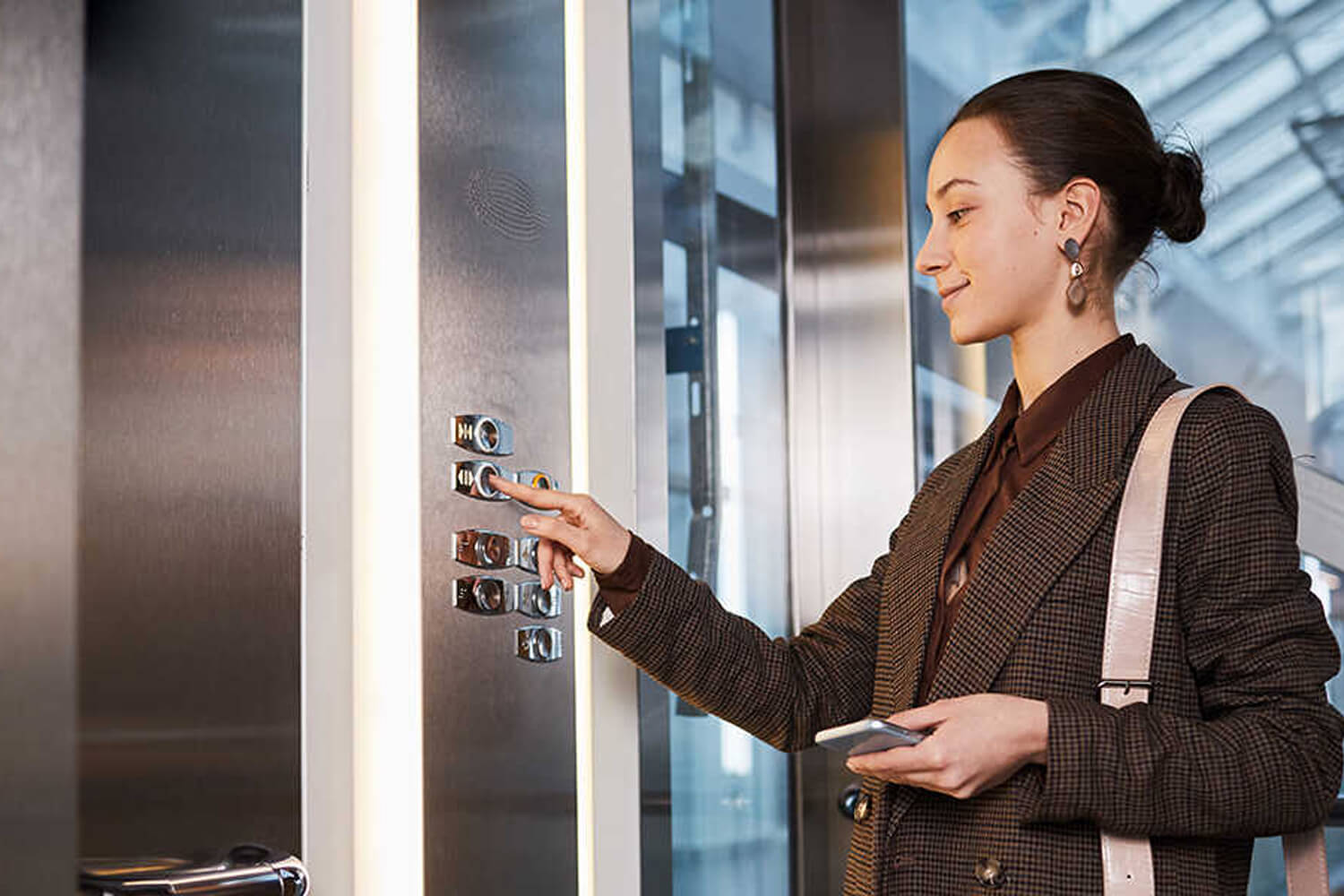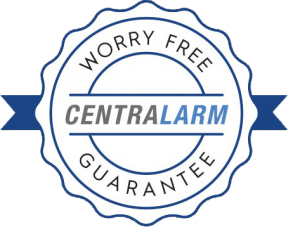If you own a corporate office building, you probably have an access control system at the entrance. But what about your elevators? If a bad actor gets off the cab at a restricted floor, they can wreak all kinds of havoc before you even have a clue that something’s wrong.
In addition to an elevator phone system, you’ll need to set up access control to prevent unauthorized people from going where they shouldn’t. Learn everything you need to know about enhanced elevator security below.
Types of Access Control for Elevators
Elevator access control comes in three types:
- Single elevator access control is good for small buildings, such as apartments. You can set the elevator to stop on certain floors and even choose when people can and can’t ride the elevator.
- Elevator banks are ideal for larger buildings with more than one elevator. Again, you can restrict the floors on which riders can stop the cab.
- Smart elevators are the way of the future. They feature a designated control system (DCS) that requires riders to select the floor they want before getting into the cab. This is the perfect choice for those needing advanced elevator security.
Elevator Entry Management Configurations
You can set your elevator security systems up in a few different configurations, including the following:
- Private elevator, general access: Riders must enter their credentials to use the elevator. After that, they’re free to choose any floor.
- Public elevator, private access: Anyone can use the elevator but must supply their credentials to access specific floors.
- Private elevator, selective floor access: This configuration features two layers of security and is ideal for buildings housing sensitive data and equipment. Riders must supply credentials to access the elevator and choose a floor.
- Destination control system: This configuration doesn’t have buttons that allow riders to select floors. Instead, the elevator takes them to their designated floor based on their scanned credentials.
How Do Secure Elevator Access Controls Work?
Elevator access control systems have three main components:
- An access authenticator system, which determines whether the rider has the credentials needed to access the desired floor. Riders can gain access by entering a code or scanning a keycard. Some elevators have biometric security that scans riders’ retinas or fingerprints.
- An access control panel, which stores permissions.
- Control buttons. Per the ASME elevator code, all modern elevators must have buttons for alarms and two-way communication with maintenance and emergency staff.
Connecting an Access Control System to Your Elevator
To set up your elevator access control system, you’ll need to connect its relays to the main unit. Depending on the system, you can do this with a power cable or USB cable. Cloud-based systems require the internet to function.
Learn More About Restricted Access Elevator Solutions
Want to learn more about elevator entry management? Reach out to Elevate Monitoring at 877-990-9191. We’ll help you choose the right elevator monitoring system for your building.



